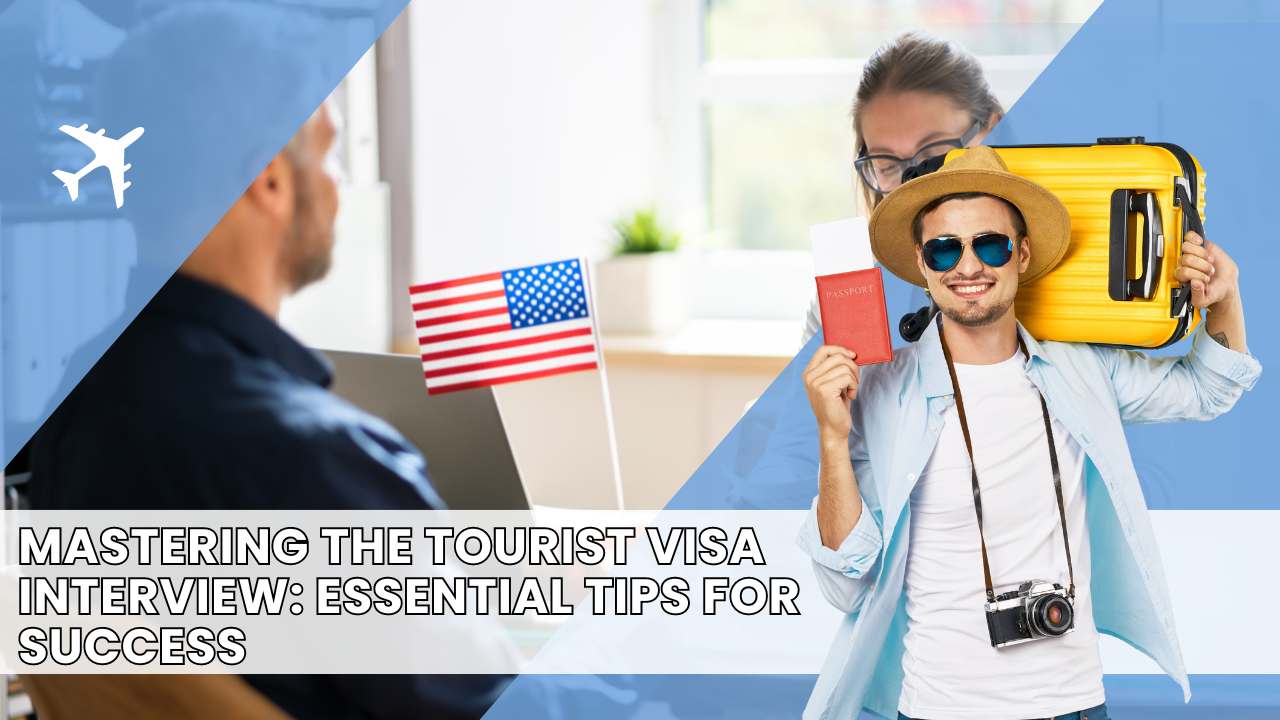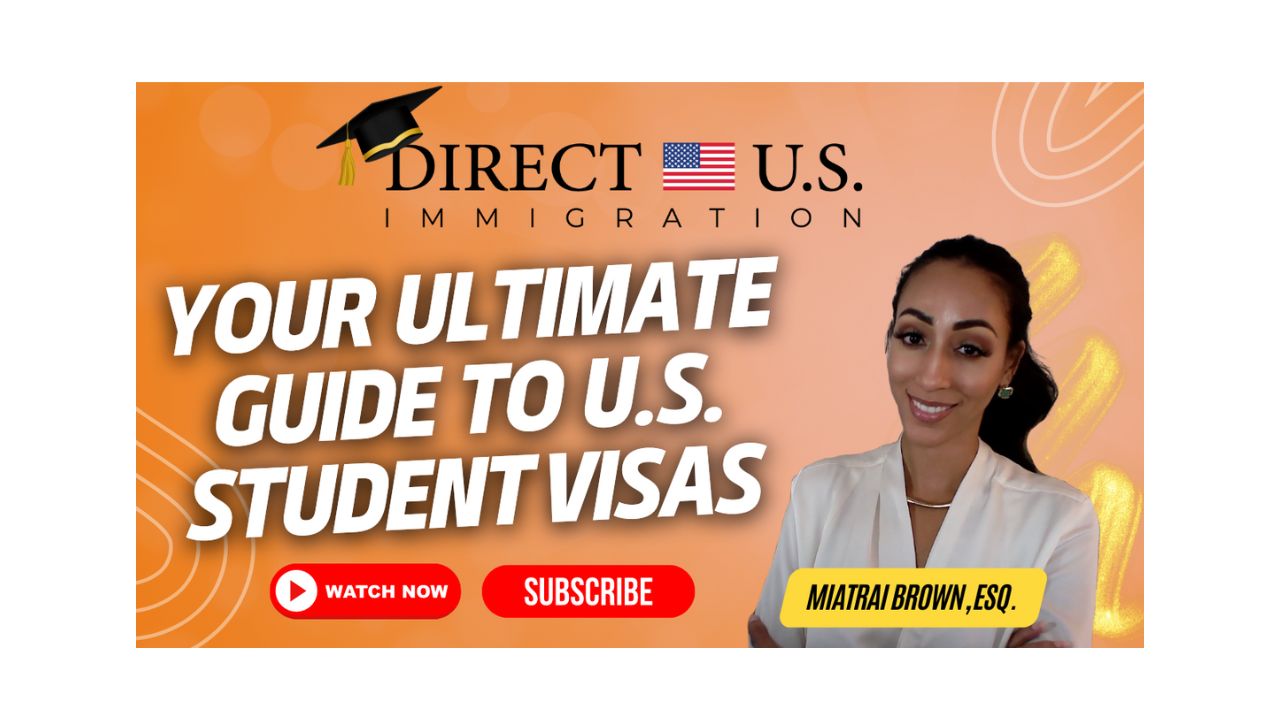Want to study in the United States? Seeking a U.S. education to secure your professional trajectory and future? Today I will guide you through some of the most frequently asked questions of the student visa.
For many international students, studying in the United States is a major milestone. However, the process of obtaining a U.S. student visa can be complex. This guide simplifies the U.S. student visa process, covering application steps, visa types, and key rights and restrictions.
What is a U.S. Student Visa?
A U.S. student visa is a non-immigrant visa allowing foreign nationals to study at U.S. institutions. There are two main types: the F-1 visa for academic studies and the M-1 visa for vocational training. Applicants must be accepted by a SEVP-approved school and demonstrate financial capability.
Types of U.S. Student Visas
• F-1 Visa
For full-time academic students, the F-1 visa allows on-campus work and, in some cases, off-campus work. It also offers the possibility of practical training after completing the program.
• M-1 Visa
The M-1 visa is for vocational or non-academic studies. Holders cannot work off-campus but may participate in practical training post-study.
Application Process
After receiving a Form I-20 or DS-2019 from your school, complete the online visa application, pay the fee, and schedule an interview at a U.S. embassy or consulate. Those in the U.S. can file Form I-539 to change their status to a student visa.
Required Documents
You’ll need your Form I-20 or DS-2019, SEVIS receipt, passport, visa application form (DS-160 or I-539), photo, visa fee receipt, and proof of ties to your home country. Additional documents like academic transcripts might be required.
Processing Time
Processing times vary by location and time of year. Apply as early as possible after receiving your school documentation.
Working on a Student Visa
F-1 visa holders can work on-campus and, under certain conditions, off-campus. M-1 visa holders generally cannot work during their studies.
Bringing Dependents
F-1 and M-1 visa holders can bring their spouse and unmarried children under 21 on F-2 or M-2 visas. Dependents cannot work but can study part-time.
Traveling on a Student Visa
You can travel outside the U.S. and return on your student visa with the necessary documents, including a valid visa and Form I-20 or DS-2019.
Duration of Stay
Your stay in the U.S. on a student visa depends on your program length. F-1 visa holders can stay for their academic program duration plus any authorized training period. M-1 visa holders can stay for up to one year plus 30 days for departure preparation.
Transferring Schools
You can transfer to another SEVP-approved school by following the transfer procedures, which may include getting a new Form I-20 or DS-2019 and updating your SEVIS record.
Visa Expiration
If your visa expires while in the U.S., you typically need to exit the country to apply for a new visa.
Changing Visa Status
You can change your visa status while in the U.S. by meeting the eligibility criteria and filing an application with USCIS.
Reapplying After Denial
You can reapply for a student visa if previously denied, addressing the reasons for denial and ensuring all documents and your interview are well-prepared.
Full-Time Work During Breaks
F-1 visa holders can work full-time during official school breaks, subject to certain conditions.
English Proficiency
While not explicitly required for the visa, English proficiency is generally part of the school admission process.
Acceptance Requirement
You cannot apply for a student visa without being accepted by a SEVP-approved school.
Visa Interview
Most applicants between 14 and 79 must attend an in-person interview at a U.S. embassy or consulate. The interview assesses your documentation and qualifications.
Online Application
The DS-160 or I-539 forms are completed online, but an in-person interview is required.
Applying from Within the U.S.
In most cases, you can apply for a student visa from within the U.S.
Preparing for the Interview
Review requirements and application materials thoroughly, practice speaking about your study plans, and familiarize yourself with common interview questions. Present yourself professionally and confidently.
Thanks for tuning in today. Be sure to check the caption below this video. We’ve got questionnaires for different types of visas so that we can help you determine which visa is most appropriate for you. And if you’re traveling soon, we also have a list of some of my travel favorites.



